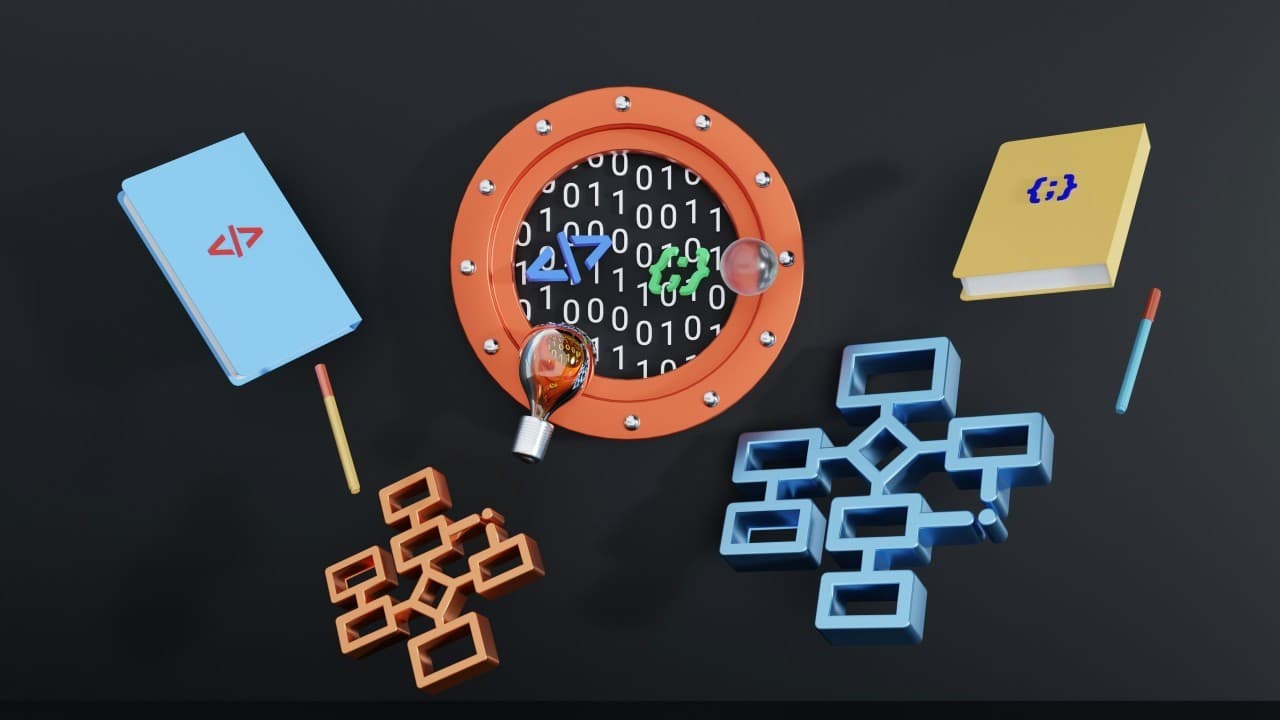
Why Policy Intelligence Matters
For payers, turning this ocean of policy into something operationally usable is a monumental challenge. And yet, policy intelligence - the ability to interpret, structure, and enforce policies accurately - is often overlooked in favor of flashier discussions around AI diagnostics or patient-facing apps.
Without strong policy intelligence, payers struggle to achieve payment integrity, providers are unable to predict reimbursement, and patients lose trust in the system's fairness.
The Policy Problem
At its core, healthcare policy is about rules, rules written for regulators, lawyers, and auditors, not for the systems that must enforce them.
- Volume: Medicare, Medicaid, and commercial payers issue thousands of pages of new and updated policies every year.
- Complexity: Policies are written in legalistic and clinical language, filled with exceptions and dependencies.
- Variation: A single service can be governed by different rules depending on state, region, payer, and provider contract.
- Frequency: Policies change constantly — and staying current is as much a compliance problem as it is an operational one.
This creates a policy-to-operations gap: the rules that determine billions of dollars in claims flow are not machine-readable or easily enforceable.
Challenge #1: Policy Volume and Velocity
The sheer speed at which policies evolve is overwhelming. CMS alone updates National and Local Coverage Determinations dozens of times each year. Add commercial payer guidelines, state Medicaid programs, and internal medical policies, and the volume is staggering.
For payers, missing even a single policy update can mean:
- Paying for a service that is no longer covered.
- Denying claims that should be paid can lead to provider disputes.
- Failing a compliance audit results in fines or clawbacks.
Most payer teams today still rely on manual review — analysts reading PDFs, creating spreadsheets, and emailing updates. It’s slow, error-prone, and impossible to scale.
Challenge #2: Ambiguity and Exceptions
Policies rarely read like code. Instead of “if X, then Y,” they often say things like:
- “Medically necessary when…”
- “Reasonable and customary under the following conditions…”
- “Not covered, except when…”
Turning this ambiguity into binary rules is a human judgment exercise, and different people interpret policies differently. This leads to inconsistent enforcement and a lack of auditability.
Challenge #3: Contract-Policy Overlap
Policies don’t exist in a vacuum; they overlap with provider contracts. A national policy might say one thing, but a provider contract may carve out exceptions or custom reimbursement rules.
Reconciling these two sources of truth is one of the most complex challenges in payment integrity. Without proper alignment:
- Providers accuse payers of ignoring contract terms.
- Payers struggle to explain denials when policies and contracts conflict.
- Disputes escalate, leading to wasted time and litigation.
Policy intelligence must go beyond “reading the rules”, it has to harmonize them with contractual obligations.
Challenge #4: Lack of Transparency
The way most payers enforce policies today is opaque. Claims are denied with cryptic codes or boilerplate text that providers don’t find actionable. Patients rarely see or understand the rules driving their coverage decisions.
This opacity erodes trust. Providers see denials as arbitrary. Patients feel trapped in a black box. And payers spend more time defending decisions than preventing errors.
Transparency is not just a compliance requirement; it’s a business imperative.
Challenge #5: Technology Gaps
Even as AI and machine learning dominate headlines, most payer systems still rely on:
- Hard-coded rules engines that can’t keep pace with change.
- Manual data entry for policy updates.
- Fragmented systems for contracts, policies, and claims.
Without structured policy intelligence, even the most advanced AI fraud detection system will flag the wrong things or miss the right ones. Garbage in, garbage out.
The Path Forward: Policy Intelligence as Infrastructure
To solve these challenges, payers need to treat policy intelligence as a core infrastructure investment, not an afterthought. That means:
- Digitization: Converting policies into structured, machine-readable rules.
- Automation: Using AI/NLP to parse and update policies in near real-time.
- Transparency: Delivering clear, human-readable explanations to providers and patients.
- Integration: Harmonizing policies with provider contracts and claims workflows.
- Governance: Establishing audit trails and accountability for every policy interpretation.
The Role of AI
AI isn’t the answer to everything — but it can help bridge the policy-to-operations gap.
Understand policies faster
- NLP to parse dense, legalistic text into structured objects (coverage criteria, exclusions, PA requirements, codes/modifiers, effective dates).
- Knowledge graphs to link policies ⇄ CPT/HCPCS/ICD, clinical terms, and provider contract clauses.
- Change-detection agents that diff new/updated policies and highlight what changed, what’s impacted, and who should review.
Operationalize with confidence
- Rule synthesis that proposes executable rules from policy text, with human review and test cases before promotion.
- RAG (retrieval-augmented generation) that answers “why/why not covered?” by pulling the exact lines from policy + contract + CMS/NCD/LCD with citations.
- Impact simulation (“shadow mode”) to replay policies on historical claims and estimate financial and denial impacts before go-live.
Monitor & improve continuously
- Inconsistency detection to spot facilities/providers with unusual approval/denial patterns and suggest rule refinements.
- Active learning loops that learn from analyst overrides and provider appeals to improve precision.
- Drift & fairness checks surface performance differences across populations, service categories, or facilities, triggering reviews when thresholds are crossed.
Explain clearly to humans
- Generative explanations that translate decisions into plain language for providers and members, with linked evidence.
- Counterfactuals: “What would make this claim payable?”—specific, actionable next steps.
Govern with trust
- Versioned lineage of every policy, rule, and model with reproducible runs and audit trails.
- Security & compliance by design: PHI minimization, role-based access, encryption, and policy-aware redaction.
- Guardrails for explainability, privacy, and compliance—so we don’t automate mistrust at scale.
But AI must be guided by responsible principles: fairness, explainability, and compliance. Otherwise, it risks automating mistrust at scale.
At Nedl Labs, we are building the foundation — extending it beyond research prototypes to payer-grade scale. We don’t just extract policy; we harmonize it with contracts, provide explainable decisions, and ensure real-time updates that slot directly into payer workflows.
How Nedl Labs Helps Solve Policy Intelligence Challenges
At Nedl Labs, we’ve seen these challenges firsthand — and we built our Policy and Contract Intelligence platform to close the gap between policy text and operational reality. Our approach is designed to make policy intelligence transparent, structured, and actionable for payers:
- Digitization at scale: Advanced NLP ingests payer policies, CMS/LCD/NCD guidance, and provider contracts—turning thousands of pages into machine-readable rules with effective dates, codes/modifiers, and dependencies.
- Policy-Contract Harmonization: Instead of treating policies and contracts separately, Nedl Labs integrates both sources of truth. This prevents conflicts and ensures that coverage decisions and payments align with regulatory guidance and contractual obligations.
- Transparency by design: Every decision is explainable with citations to policy/contract clauses. Providers and members can see the “why,” reducing disputes and appeals.
- Automation & Speed: Policy updates are parsed and pushed into payer workflows in near real-time, eliminating lag and manual errors. This means payers stay ahead of regulatory changes instead of reacting after the fact.
- AI for Clarity: We leverage AI responsibly — not to replace judgment, but to bring clarity. Our generative AI modules translate rules into plain-language explanations, ensuring that coverage decisions can be communicated in a way that everyone understands.
By combining policy digitization, contract alignment, and explainable AI, Nedl Labs turns what was once a hidden back-office burden into a strategic advantage for payers.
From Hidden Problem to Strategic Priority
The hidden challenge of healthcare policy intelligence is that it’s seen as “back office.” But the back office is where billions of dollars — and the trust of patients and providers — are won or lost.
For payers, making policy intelligence a strategic priority isn’t optional. It’s the foundation for:
- Payment integrity.
- Regulatory compliance.
- Provider satisfaction.
- Patient trust.
Healthcare doesn’t lack technology. It lacks clarity. Policies are the backbone of reimbursement, but without intelligence, they create confusion, disputes, and waste.
The future of healthcare payment integrity depends on solving policy intelligence — digitizing, automating, and making it transparent. That’s how we move from today’s patchwork of manual reviews and opaque denials to a system where payers, providers, and patients can finally operate with trust.
At Nedl Labs, we believe policy intelligence isn’t just an operational task — it’s a strategic lever for affordability and fairness in U.S. healthcare.
Share this article
About the author
Founder Nedl Labs | Building Intelligent Healthcare for Affordability & Trust | X-Microsoft, Product & Engineering Leadership | Generative & Responsible AI | Startup Founder Advisor | Published Author
Most Recent
Top Articles
Also See

Enterprise GTM: The Essential Shift for Scaling

From Recovery to Prevention: A Trust-First Blueprint for Payment Integrity

Enterprise Product Sense: Why Consumer Intuition Fails in B2B: What Works Instead

DRG Review After Payment

The Anatomy of Product Sense








